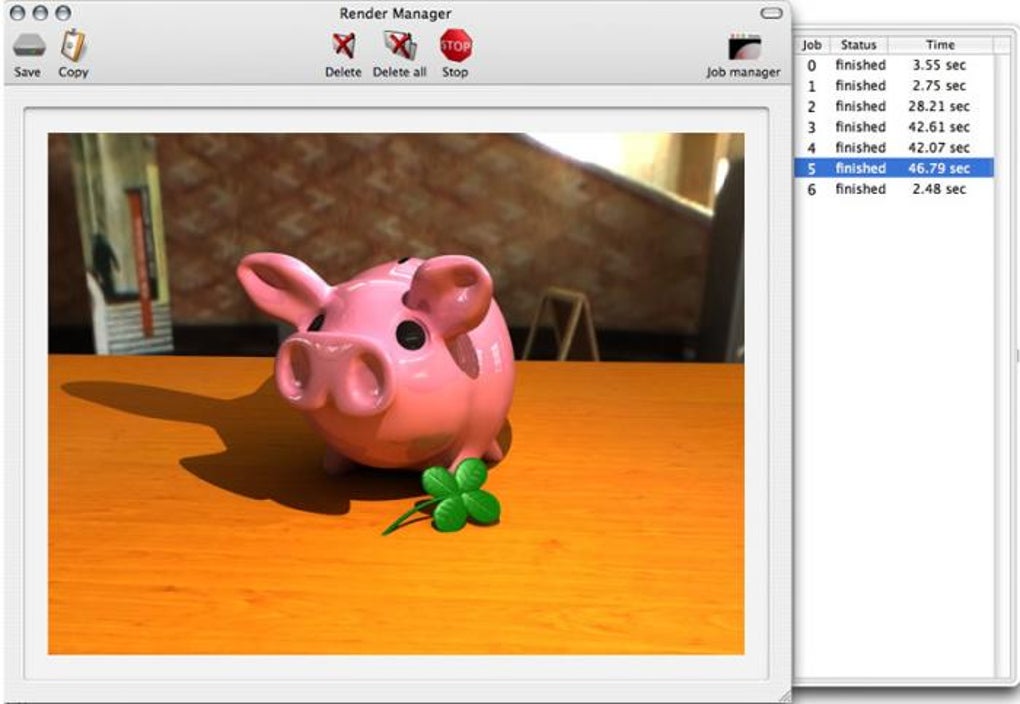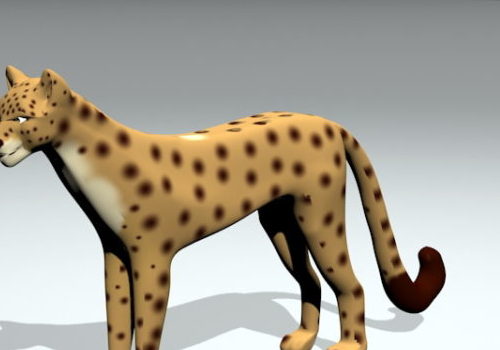

If Unity finds the texture, it creates a Materials folder next to it and creates a material in there.Unity goes up the project folders, looking for the correct texture in each Textures folder along the way.Unity checks for a texture with the correct name in a folder called Textures next to the scene.Unity checks for a texture with the correct name in the same folder as the scene.The smaller value you use - the higher precision you get. The smaller value you use - the higher precision you get.ĭefines how much scale curves should be reduced.

The smaller value you use - the higher precision you get.ĭefines how much position curves should be reduced. These options are available only when keyframe reduction is enabled.ĭefines how much rotation curves should be reduced. If selected, the Animation Compression Errors options are displayed. This affects only file size - the runtime memory size is the same as Keyframe Reduction. Reduces keyframes on import and compresses keyframes when storing animations in files. It's not recommended to use this option - if you need higher precision animation, you should enable keyframe reduction and lower allowed Animation Compression Error values instead. This means that Unity doesn't reduce keyframe count on import, which leads to the highest precision animations, but slower performance and bigger file and runtime memory size. What type of compression will be applied to this mesh's animation(s)ĭisables animation compression. If your looping animation doesn't look correct, try enabling this option. What the split clip does when the end of the animation is reachedĭepending on how the animation was created, one extra frame of animation may be required for the split clip to loop properly. Last frame of this clip in the model file If you have multiple animations in a single file, here you can split it into multiple clips.įirst frame of this clip in the model file The default Wrap Mode for the animation in the mesh being imported This option is available only for Maya, 3dsMax and Cinema4D files. When using IK or simulation in your animation package, enable this. Use this when animating anything that has a hierarchy.
MATERIAL SETTINGS CHEETAH3D FULL
Use this when you have a complex animation setup and want full scripting control.Īnimations are stored in the scene's transform root objects. This will generate materials per scene, so only this scene uses them.Īnimations are stored in root objects of your animation package (these might be different from root objects in Unity).Īnimations are stored together with the objects they animate. For the precise rules, see Material Generation below. When enabled, different scenes will share the same material settings when they use the same textures. This usually only applies to characters.Įnable this to generate material files near the found texture files. It is also used to split normal map tangents.Įnable this if normal map lighting is broken by seams on your mesh. Sets how sharp an edge has to be to be treated as a hard edge. The mesh will have no Tangents, so won't work with normal-mapped shaders. This option is available only when normals are either imported or calculated.ĭisables tangents and binormals. This option is available only for FBX, Maya and 3dsMax files and only when normals are imported from the file.ĭefault option. Imports tangents and binormals from the file. Use this option if the mesh is neither normal mapped nor affected by realtime lighting.ĭefines if and how tangents and binormals should be calculated. If selected, the Smoothing Angle becomes enabled.ĭisables normals. Imports normals from the file.Ĭalculates normals based on Smoothing angle. This is useful for optimizing game size.ĭefault option.

Use this to create UV2 to be used for Lightmapping.ĭefines if and how normals should be calculated. This will swap your primary and secondary UV channels. Use this if lightmapped objects pick up wrong UV channels.

This is useful for quickly generating a collision mesh for environment geometry, but should be avoided for geometry you will be moving. If this is enabled, your meshes will be imported with Mesh Colliders automatically attached. It's best to turn it up as high as possible without the mesh looking too different from the uncompressed version. Turning this up will reduce the file size of the mesh, but might introduce irregularities. If enabled it imports 3dsMax file as 1FileUnit=1UnityUnit, otherwise it imports as 1cm=1UnityUnit. This option is available only for 3dsMax files. If you like to model at a different scale, this is the place to fix it. Unity's physics system expects 1 meter in the game world to be 1 unit in the imported file.


 0 kommentar(er)
0 kommentar(er)
